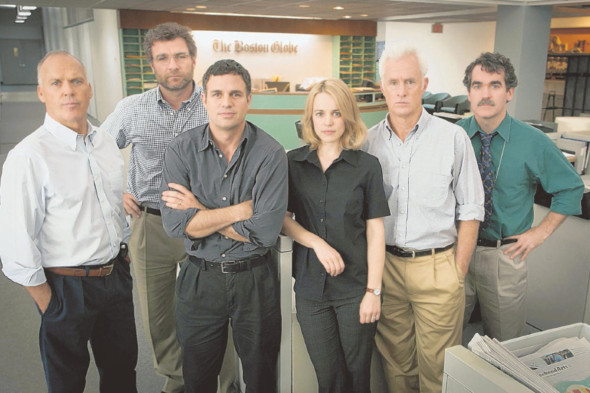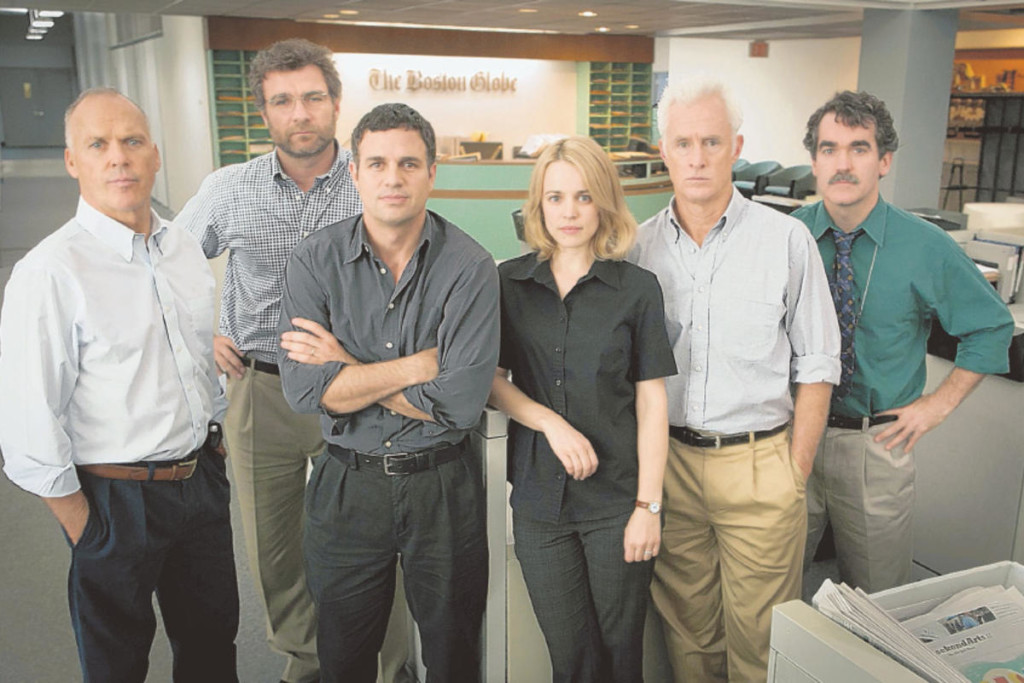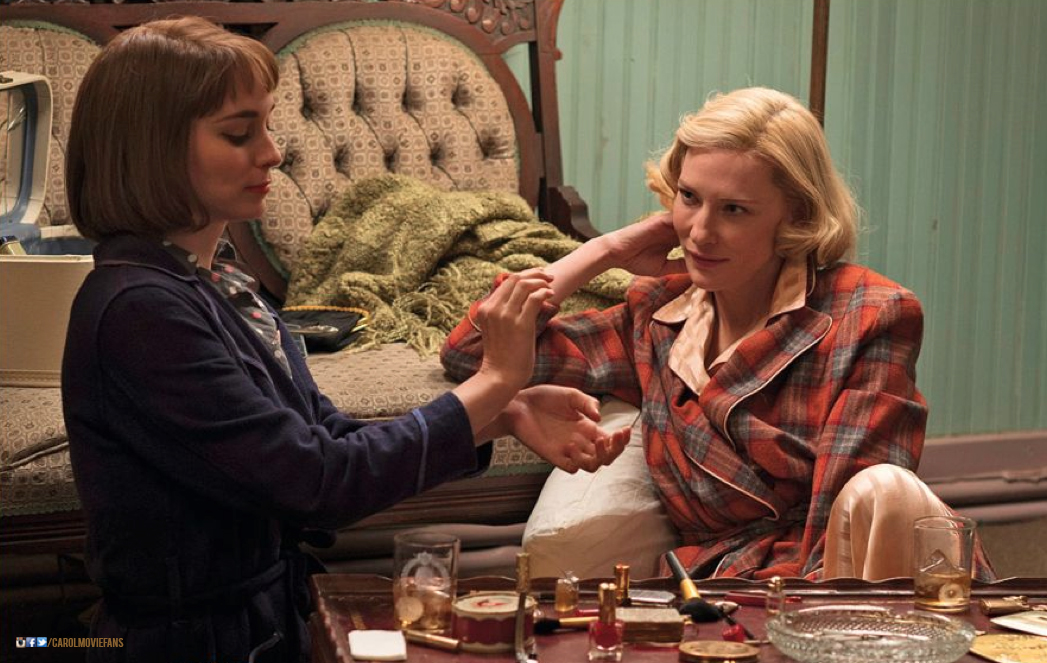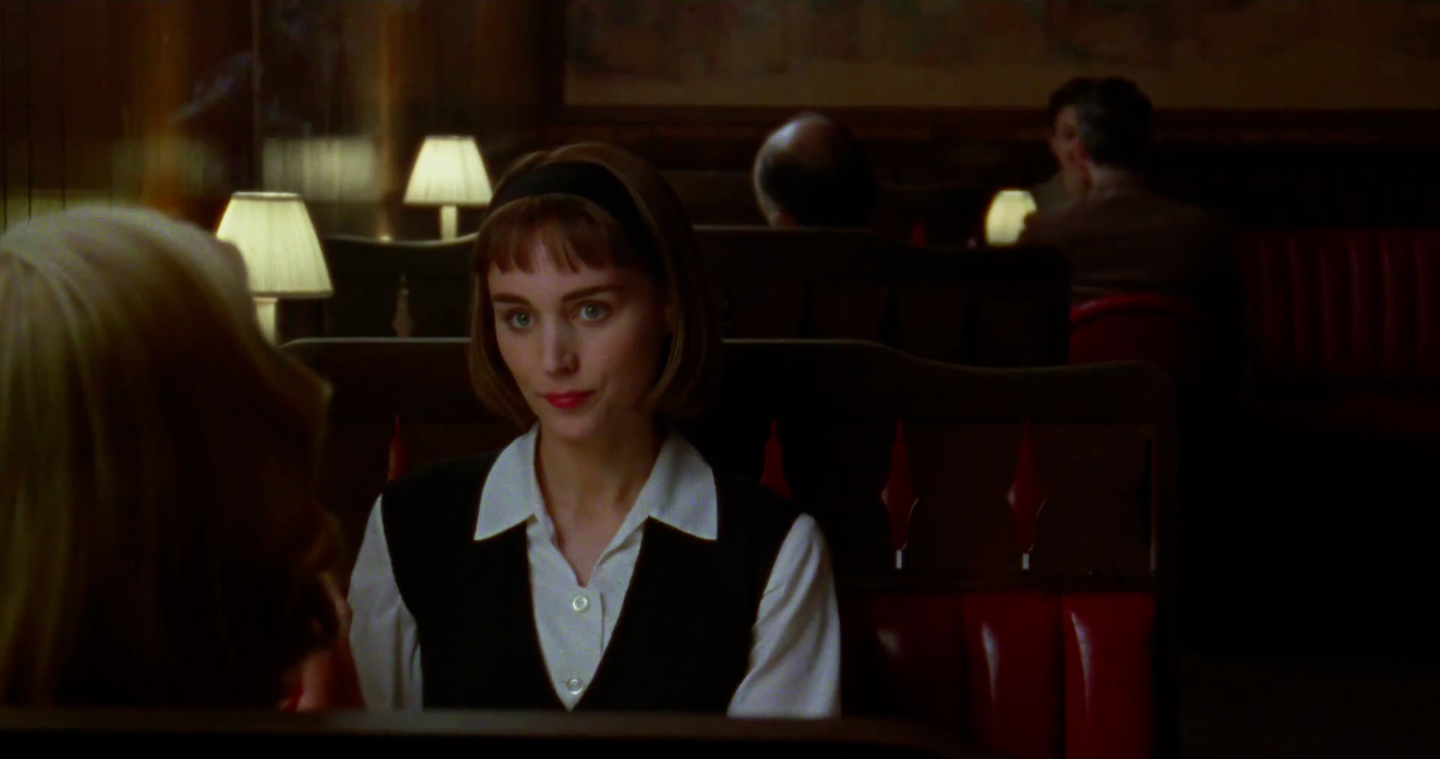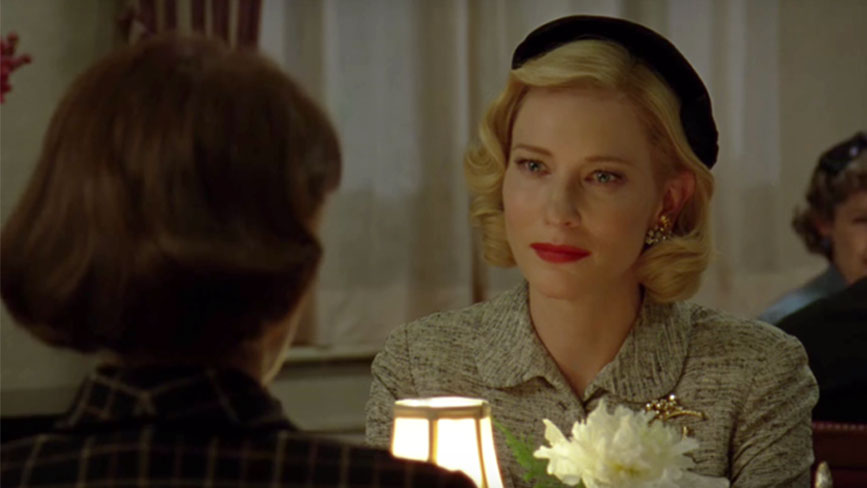[Trigger warning: discussion of rape and sexual abuse]
We’re winding down to the Oscar ceremony no thinking person is looking forward to. The Black director who should have been nominated last year, Ava DuVernay, and the Black director who should have been nominated this year, Ryan Coogler, will be in Flint, Michigan with other Black celebrities on Oscar night, raising funds for and drawing attention to the majority-Black community whose water was poisoned as a result of government misdeeds. I see some outlets still trying to pretend this ceremony is like all the others. Among the fluff articles about white nominees are ones that focus on the “real” people behind the film Spotlight, which is nominated as it has been at other galas (it swept last night’s Spirit Awards) for multiple awards, even Best Supporting Actress. (One writer posited that Rachel McAdams got a nomination for a performance that consists of her mostly listening, nodding and taking notes because she “dared” to wear unflattering chinos, just like a real reporter would).
Spotlight centers around the intrepid editors and reporters (the vast majority of whom are male) of The Boston Globe, claiming they are the only reason we know the extent of child sexual abuse perpetrated by Boston archdiocese priests and the cover-up by the archdiocese itself. For those of us who know the facts around this basic premise, the film plays as a long, elaborate, tedious lie. Spotlight isn’t the kind of film that just changes some facts (though I never understand based-on-a-true-story films that do so: if you’re going to fictionalize their lives why not fictionalize their names too?); it’s one where the most general plot summary contradicts what happened.
Instead of the investigation beginning, as it does in the film, with a powerful man looking solemnly into the middle distance and declaring “I know there’s a story here,” it began with a young woman reporter, Kristen Lombardi at the alternative weekly The Boston Phoenix, with the encouragement and guidance of her out, queer, news editor (previously a longtime reporter at Boston’s LGBT paper) Susan Ryan-Vollmar.
As has been reported elsewhere, Lombardi’s story was published nearly a year before the first “Spotlight” story and shares with it a number of “discoveries”. One of these “discoveries” is a turning point we see in the film: Mark Ruffalo’s Woodward-and-Bernstein-esque Mike Rezendes (in one of the few performances that has made me dislike the actor) interrogating an expert on sex-offender priests and inferring from his data that a far greater number of the offenders existed than anyone had previously thought. Not only did Lombardi do the interview with the same expert first, she also literally did the math to come up with the number of probable offenders.
Lombardi has been gracious in interviews, explaining, “I was aware that there was a bigger story that I couldn’t tell because I didn’t have the resources,” and that the ability to stick with the story week after week was something only The Globe could do. But she also wishes she had gotten some credit. Although repeatedly given the chance to acknowledge her contribution, editor Baron, (played by Liev Shreiber in the film: the real-life Baron has moved on to another, larger newspaper as one character in the film “predicts”) has steadfastly refused to do so. With at least one of his colleagues admitting that Lombardi broke the story, Baron’s continued silence seems like a tacit admission of guilt. In the film, Rezendes says that no one in town saw Lombardi’s cover story in The Phoenix, which is laughable considering the very streets we see the film’s reporters endlessly walking up and down would have had, at that time, on every corner big, bright, red boxes full of free copies of The Phoenix. Its cover story, including the one about Law and the cover-up, would be facing anyone on the sidewalk, through the box windows at each intersection.
Tom McCarthy, the co-writer and director, did interview Lombardi as research for the script, but he decided her role wasn’t important enough to include in the final cut of the film. Instead McCarthy decided to focus on white-guy, mainstream newspaper mythology, and that focus not only makes the film untrue, it renders it dramatically inert.
Nearly every scene of this film involves two (or more!) men of a certain age glowering at each other: over a conference table, a golf game or a shadowy bar like in some Saturday Night Live parody while spouting dialogue that could have come from a comic book.
“You’re going to give me their names and the names of their victims!”
“Are you threatening me?”
“They knew, and they let it happen!”
The film suggests, nonsensically, that Rezendes, Baron, and the lawyer who represented many of the victims, Mitchell Garabedian (played by Stanley Tucci) were willing to go against the Catholic Church because they were respectively, a Jewish bachelor who didn’t like baseball, someone from a Portuguese family and someone from an Armenian family: all so-called “outsiders”.
But the real outsiders were those who realized, before the scandal hit, that the Catholic Church was far from the benevolent institution each of the male characters in Spotlight seem to think it is at the beginning of the film. The people with ties to the Catholic Church were (and are) the same ones who shout at women as they enter Planned Parenthood and other clinics that perform abortions in Boston. Six years before the scandal broke, John Salvi had shot and killed people in two of these clinics in Brookline, the town next to Boston, and pointed to his Catholic beliefs as the reason.
Ryan-Vollmar would have seen firsthand, as a reporter for a queer paper, that the Catholic church had tried to block every state law (including, eventually, the one for marriage) that gave queer people the same rights as everyone else. And The Phoenix, like many alternative newspapers with roots in the 1960s was founded because mainstream papers like The Globe did not cover events or politics in ways that confronted the existing power structure.
Women, especially in the past, were much more likely to listen to and believe allegations of rape and sexual abuse perpetrated by men in power than… men in power were. One of the many omissions the film makes is that women, usually relatives of the victims, were among the very first whistle-blowers on the church’s cover-up of sexual abuse–and were ignored for years.
Spotlight goes so far out of its way to make its story all about white guys it should have all of us questioning every “based on a true story” film from now on. Let’s not let another smarmy white-guy writer-director shrug his shoulders, smile, and say he would have loved for women to play the leads in his film, but the “facts” got in his way.
[youtube_sc url=”https://www.youtube.com/watch?v=Zg5zSVxx9JM” iv_load_policy=”3″]
Ren Jender is a queer writer-performer/producer putting a film together. Her writing, besides appearing every week on Bitch Flicks, has also been published in The Toast, RH Reality Check, xoJane and the Feminist Wire. You can follow her on Twitter @renjender
